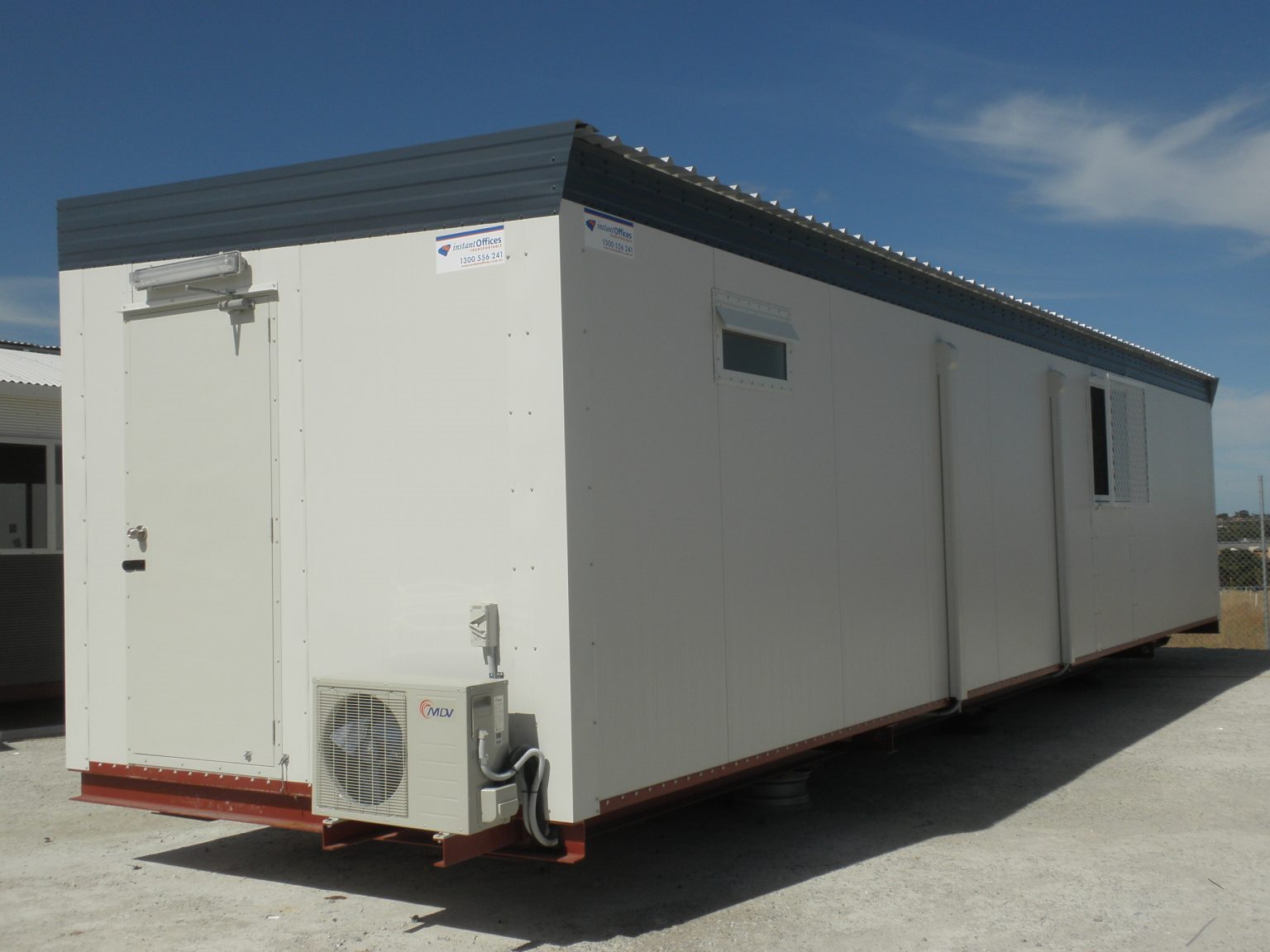Setting up a construction site is an intricate dance, a chess game of sorts.
It’s about ensuring every piece is in the right place, ready for the grand ballet of construction to commence.
Metaphors aside, if you’re in the construction industry and manage a construction site, you understand the vital importance of meticulous planning and preparation, of making sure each cog in the machine is primed and ready to do its job.
Table of Contents
Perhaps the most crucial aspect of construction site set-up is a comprehensive construction site checklist, a blueprint for success if ever there was one.
It’s your captain’s log, your compass, guiding you through the labyrinthine process of construction. And missing crucial elements in your construction site checklist can turn that ballet into a chaotic juggling act.
Why have a construction site inspection checklist?
Having a construction site checklist is of utmost importance for a successful project.
It serves as a detailed roadmap, ensuring that no crucial elements are overlooked during the setup phase.
A checklist:
- Helps construction site managers, project managers, and contractors to stay organised, maintain safety standards, and streamline operations
- Provides a systematic approach to planning and preparation, ensuring that all necessary permits, documentation, safety measures, infrastructure, waste management systems, and signage are in place
- Allows teams to mitigate safety risks, prevent delays, and maintain a well-coordinated and efficient work environment
- Acts as a valuable tool for accountability, ensuring that every aspect of the construction site set-up is thoroughly addressed, resulting in a smoother and more successful construction process.
Key elements of your construction site checklist
Consider this your ultimate guide to constructing the most comprehensive and effective best practices construction site checklist.
Site safety and security measures
Safety should always be your first priority.
A construction site can be a dangerous place with multiple hazards, and it’s essential to take the necessary precautions.
Ensure that you have adequate safety equipment for all workers and that the site is secure from external threats.
Having safety procedures outlined is imperative so that construction workers know how to navigate potential hazards and can carry out the right safety protocols when needed to avoid workplace injuries.
Consider measures like CCTV and on-site security personnel for added protection.
Required permits and documentation
Every construction project requires a variety of permits and documentation.
These may include planning permission, building control approval, and health and safety compliance.
Ensure you have all necessary paperwork sorted before construction begins – it’ll save you a headache down the line.
Infrastructure and utility setup
Do you have the necessary services for your construction workers, such as toilets, washing facilities, and a water supply for drinking and other needs?
Portable toilets are essential. You’ll also need portable office space to ensure efficiency and give your construction site a main control hub.
Do you have a temporary electricity supply for power tools and lighting?
Planning for these at the outset is crucial to avoid costly delays later on.
Waste management and environmental considerations
Waste management is a significant factor to consider, as failure to manage waste properly could lead to hefty fines.
Equally important are environmental considerations, such as mitigating noise and dust, protecting local wildlife, and minimising pollution.
Construction site signage and wayfinding
Clear signage helps to reduce confusion and improve efficiency on a construction site.
It aids in safety measures, directing people away from danger zones and towards emergency exits and assembly points.
Follow this construction site checklist
1. Site safety and security:
- Install safety fencing and barriers to restrict access to the site.
- Set up clear signage indicating safety procedures and hazard areas.
- Provide personal protective equipment (PPE) for all workers.
- Implement safety protocols and conduct safety briefings.
2. Permits and documentation:
- Obtain all necessary permits and licenses from local authorities.
- Ensure compliance with building regulations and codes.
- Maintain proper documentation related to permits, inspections, and approvals.
3. Infrastructure and utilities:
- Arrange for temporary utilities such as electricity, water, and sanitation.
- Install temporary site lighting for nighttime operations.
- Provide designated areas for parking and vehicle access.
4. Waste management and environmental considerations:
- Establish a waste management plan, including designated areas for waste disposal and recycling.
- Implement measures to control noise, dust, and other environmental pollutants.
- Protect nearby water sources and ecosystems from contamination.
- Comply with environmental regulations and guidelines.
5. Construction site signage and wayfinding:
- Install clear and visible signage for safety instructions, emergency exits, and assembly points.
- Use wayfinding signage to guide workers and visitors around the site.
- Ensure that all signs are properly maintained and updated as needed.
6. Portable offices and facilities:
- Set up portable offices for project management and coordination.
- Provide comfortable workspace, meeting rooms, and rest areas for workers.
- Ensure sufficient storage space for important documents and equipment.
- Install necessary amenities such as toilets, washing facilities, and portable lunch rooms.
7. Material and equipment handling:
- Plan and allocate designated areas for material storage and equipment staging.
- Implement proper lifting and handling procedures to prevent accidents.
- Secure tools and equipment when not in use to prevent theft or damage.
8. Emergency preparedness:
- Establish emergency response procedures and communicate them to all workers.
- Keep a well-stocked first aid kit readily available on-site.
- Provide fire extinguishers and ensure they are regularly inspected and maintained.
- Conduct regular drills and training sessions to prepare for emergencies.
9. Communication and coordination:
- Set up a reliable communication system for effective coordination among team members.
- Establish regular meetings and reporting mechanisms to track progress and address issues.
- Maintain clear lines of communication with subcontractors, suppliers, and stakeholders.
10. Ongoing maintenance and inspections:
- Schedule regular inspections of the construction site for safety and compliance.
- Conduct routine maintenance of facilities, equipment, and temporary structures.
- Keep records of maintenance activities and address any issues promptly.
Why good portable offices are essential
Portable offices are the unsung heroes of construction sites.
They act as the nerve centre, a hub from which the day’s operations are coordinated. They offer secure storage for vital documents and equipment, creating a centralised workspace for project management.
Portable offices also provide a comfortable space for meetings, breaks, and rest, enhancing workers’ productivity and morale. They help to establish a sense of normalcy in what can often be a chaotic environment.
Get started with your construction site checklist
Creating a well-organised and efficient construction site begins with a comprehensive checklist. By paying careful attention to crucial elements such as site safety, permits, infrastructure, waste management, and signage, you lay the foundation for a successful project.
With the comprehensive construction site checklist and the right portable office solution, you’ll orchestrate a symphony of construction, where safety, efficiency, and organisation come together to bring your project to fruition.
When it comes to portable offices, Instant Transportable Offices stands ready to be your go-to provider, offering efficient solutions tailored to your construction site’s needs.
For those seeking demountable buildings, Instant Transportable Offices offers efficient solutions tailored to your construction site’s needs. Located at 18 Rogers Way, Landsdale WA 6065, we’re your go-to provider for all your portable office requirements. Contact us at +61 (0) 8 9406-6600 for unparalleled service.
Frequently Asked Questions
Why is a construction site checklist important?
A construction site checklist is essential as it acts as a comprehensive guide, ensuring all critical aspects are considered during setup. It helps uphold safety standards, streamline operations, and prevent project delays.
What are the key elements of a construction site checklist?
The main components should include safety and security measures, necessary permits and documentation, infrastructure and utility arrangements, waste management and environmental protections, and clear signage and wayfinding.
How do portable offices benefit a construction site?
Portable offices serve as the command centre for construction sites, providing secure document storage, a centralised workspace for project management, and a comfortable area for meetings and breaks, boosting both productivity and morale.
What should be included in site safety and security measures?
Essential safety measures include setting up safety fences and barriers, clear signage for safety instructions and hazards, providing personal protective gear for all workers, and enforcing safety protocols with regular briefings.
How can waste management and environmental considerations be addressed on a construction site?
Develop a waste management plan specifying disposal and recycling areas, control dust and noise, protect local wildlife and water bodies from pollution, and adhere to environmental regulations.
People Also Ask
What permits and documentation are required for a construction site?
Necessary permits may include planning permission, building control approval, health and safety compliance, and any other local authority requirements.
How should infrastructure and utilities be set up on a construction site?
Organise temporary utilities such as power, water, and sanitation services, install temporary lighting, and ensure the availability of essential amenities like portable toilets and office space.
What role does signage play on a construction site?
Signage is crucial for reducing confusion and enhancing efficiency, guiding people away from hazards, and towards emergency exits and assembly areas.
How can emergency preparedness be ensured on a construction site?
Establish clear emergency response plans, maintain a well-stocked first aid kit, provide fire extinguishers, and conduct regular emergency drills and training.
What are the benefits of having quality portable offices on a construction site?
Quality portable offices provide a secure, organised workspace for project management, improve worker productivity and morale by offering comfortable break areas, and help keep the site orderly amidst the chaos.

Managing Director at Instant Transportable Offices
Scott Rawson is the Managing Director of Instant Products Group, a specialist group of companies that offer portable building solutions, including sea containers, transportable offices, and portable sanitation products. With more than 20 years of experience in various management positions and a finalist in the WA Business News 40 under 40 awards in 2013, Scott is a highly motivated entrepreneur that has a passion for designing products to suit the needs of individual markets. From the creation of Instant Products Group over 20 years ago, he has successfully grown the group into a multi-million dollar corporation and his success is widely recognised in Western Australia. Scott is dedicated to expanding Instant Products Group nationally and providing high-quality products to a range of sectors, including mining, engineering, property development, and government.



